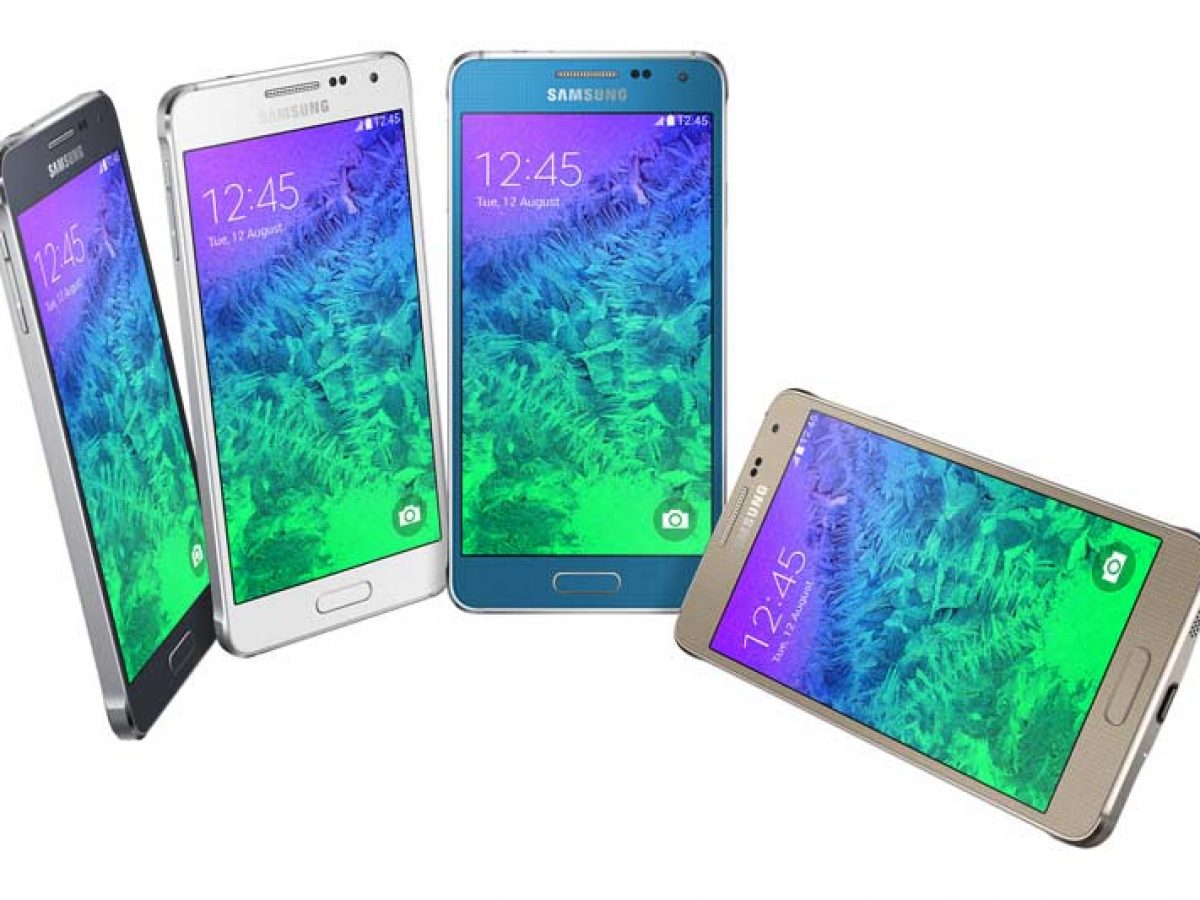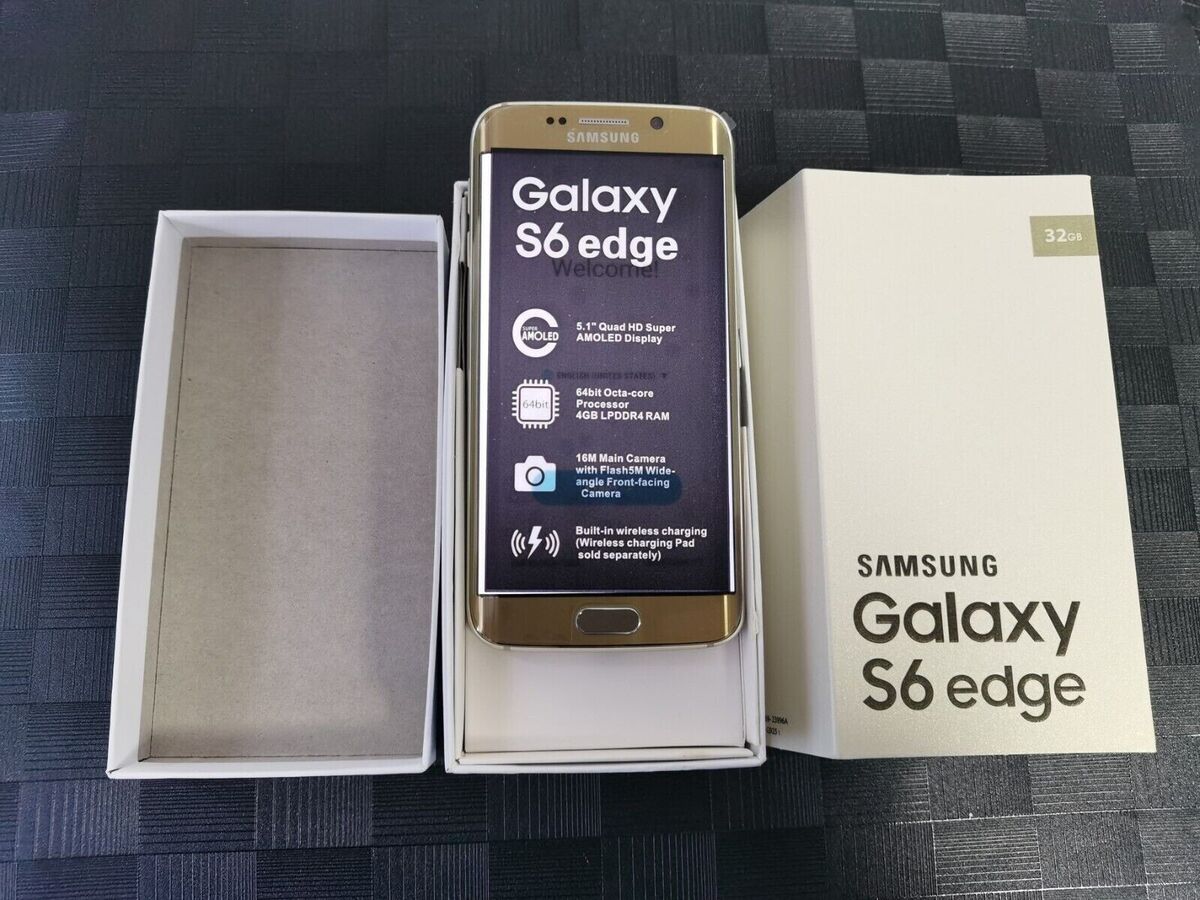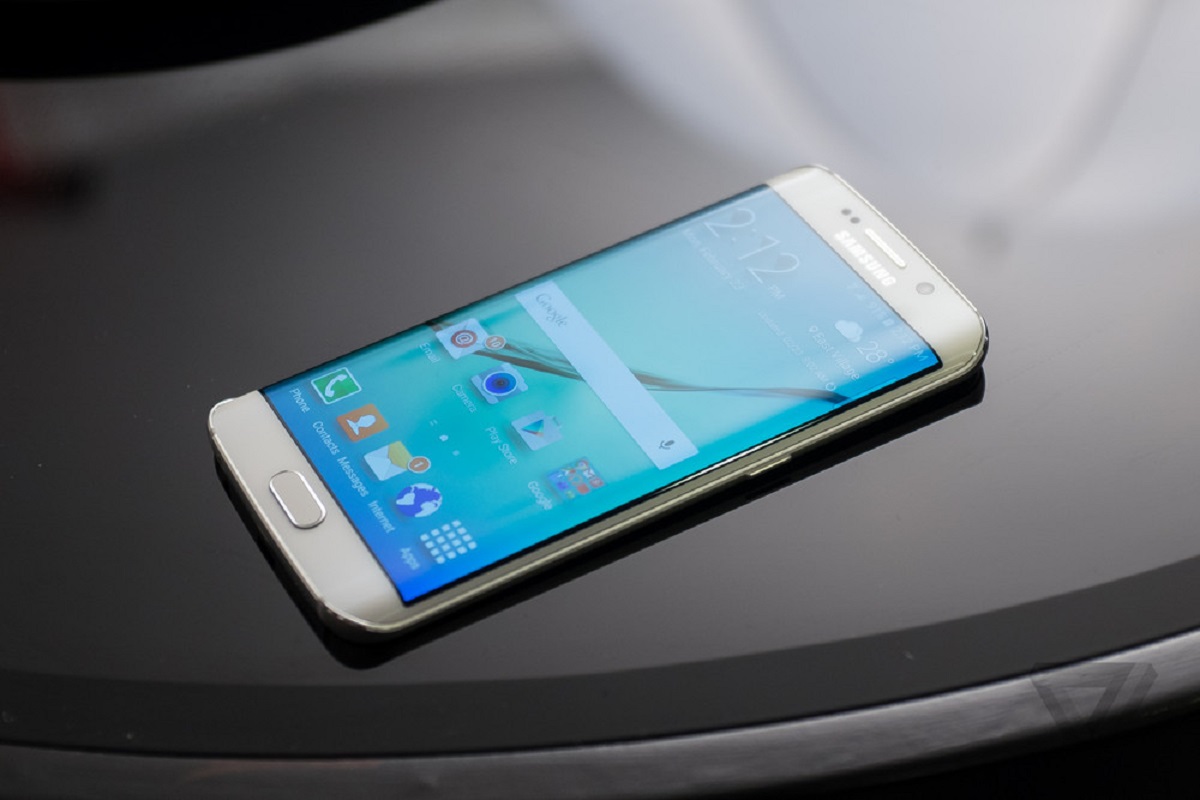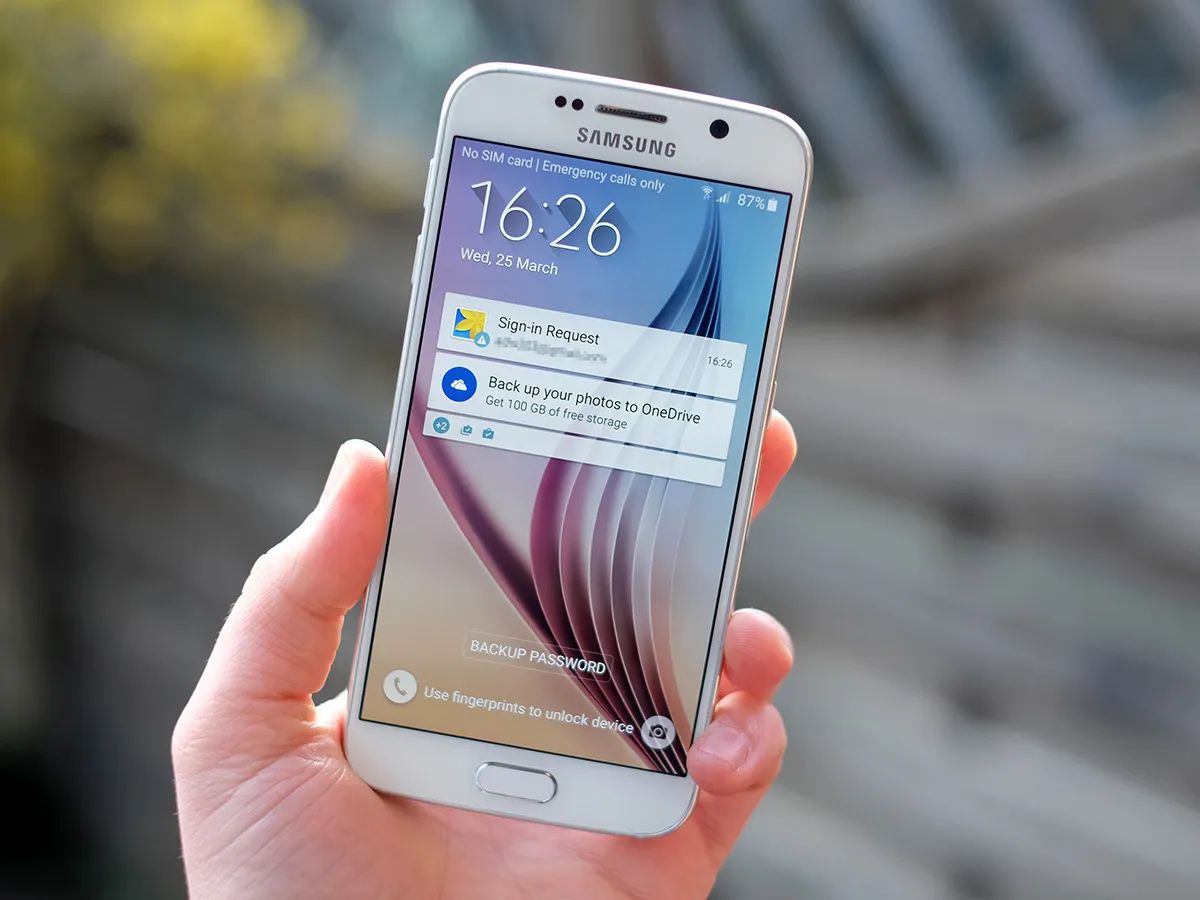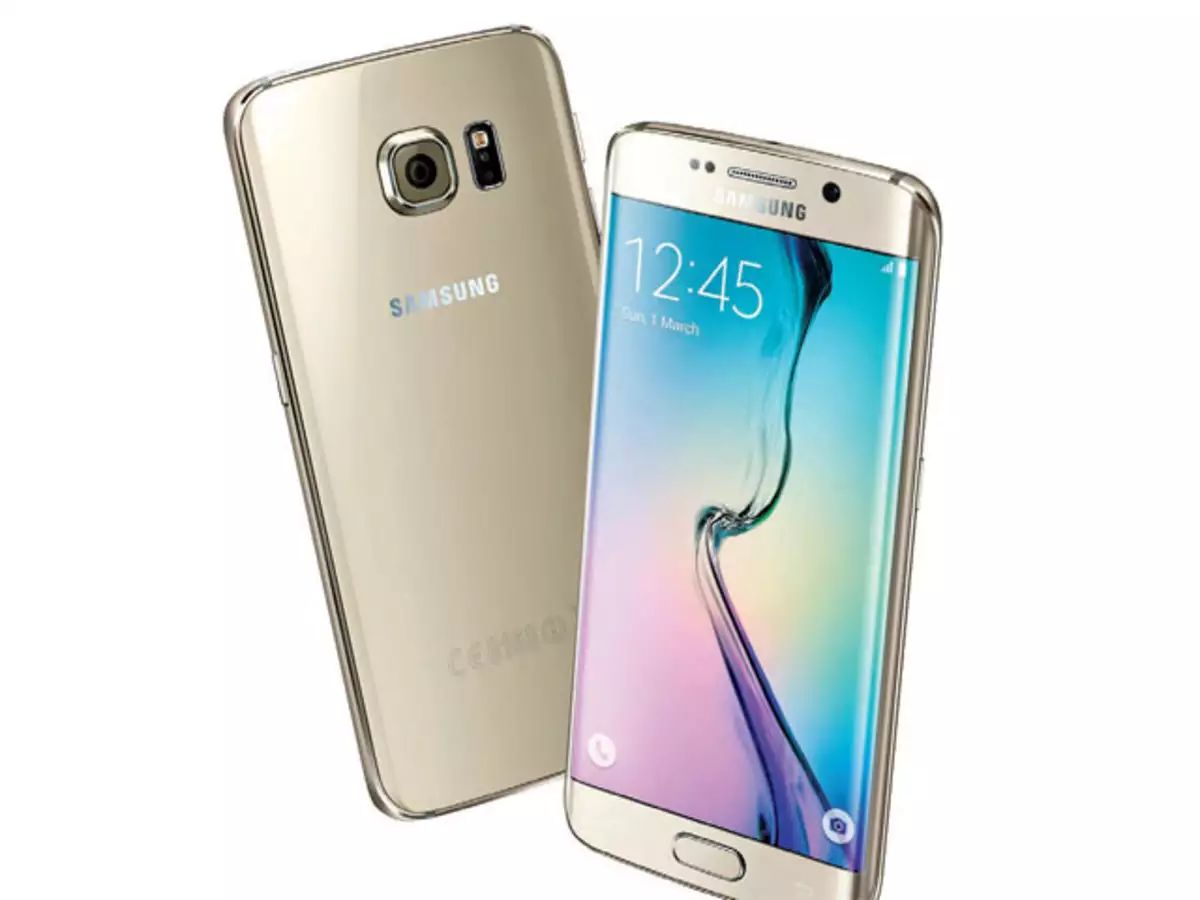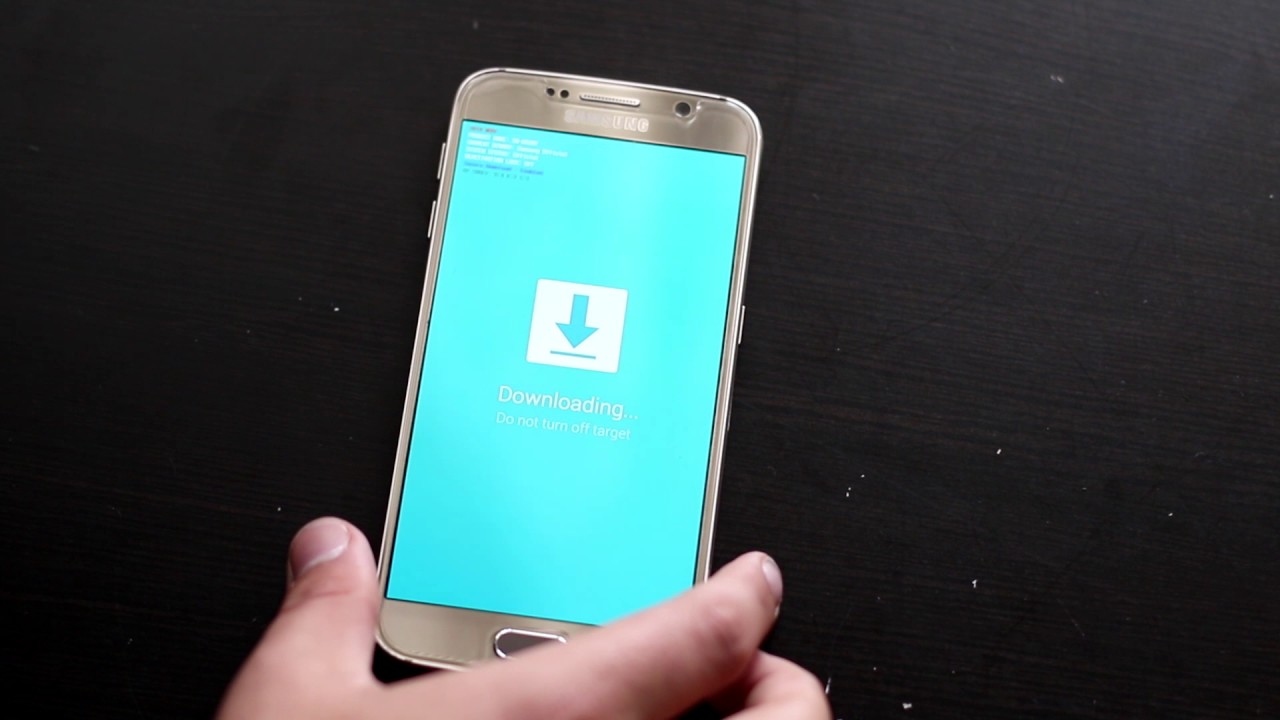Introduction
Welcome to our article on the release of the Samsung Galaxy S6, one of the most highly anticipated smartphones of its time. The Samsung Galaxy S6, introduced in 2015, marked a turning point for the Galaxy S series, bringing a fresh design and enhanced features to the table. In this article, we will explore the release, key features, reception, and legacy of this iconic device.
When the Samsung Galaxy S6 hit the market, it immediately caught the attention of tech enthusiasts and smartphone users alike. With its sleek design, powerful hardware, and improved software, it aimed to revolutionize the mobile industry and set new standards for flagship devices.
The Galaxy S6 was a significant departure from its predecessor, the Galaxy S5, as it introduced a drastic design overhaul. Samsung opted for a premium combination of glass and metal, creating a more sophisticated and elegant feel. This departure from the usual plastic construction was a bold move by Samsung and was widely applauded by critics and consumers alike.
Not only did the Galaxy S6 excel in terms of aesthetics, but it also packed a punch in terms of performance. Powered by Samsung’s in-house Exynos 7420 chipset, the Galaxy S6 delivered a seamless and fluid user experience. The improved CPU and GPU performance ensured smooth multitasking, lag-free gaming, and overall enhanced performance compared to previous iterations of the Galaxy series.
Another key highlight of the Galaxy S6 was its display. Sporting a 5.1-inch Quad HD Super AMOLED panel, it offered stunning visuals with vibrant colors, deep blacks, and excellent viewing angles. The display also boasted an impressive pixel density, resulting in sharp and crisp visuals. Whether you were enjoying multimedia content or browsing the web, the Galaxy S6’s display provided an immersive and enjoyable experience.
The camera capabilities of the Galaxy S6 also set it apart from the competition. Equipped with a 16-megapixel rear camera and a 5-megapixel front-facing camera, the device captured stunning photos with vivid details and accurate colors. The camera app was packed with features and enhancements, allowing users to unleash their creativity while taking photos or shooting videos.
Overall, the release of the Samsung Galaxy S6 was a significant milestone for the company and the smartphone industry as a whole. It showcased Samsung’s commitment to innovation and their ability to create devices that combined premium design, powerful performance, and top-of-the-line features.
The Release of the Galaxy S6
The Samsung Galaxy S6 was officially unveiled on March 1, 2015, at the Mobile World Congress (MWC) held in Barcelona, Spain. The announcement created quite a buzz in the tech world, as Samsung was introducing a significant departure from its previous smartphone designs.
During the unveiling event, Samsung showcased the stunning aesthetics of the Galaxy S6, emphasizing its metal and glass construction. This departure from the plastic body of its predecessors brought a premium look and feel to the device, instantly capturing the attention of consumers.
Alongside the Galaxy S6, Samsung also introduced the Galaxy S6 Edge, which had a curved display that wrapped around both sides of the device. This unique design innovation garnered even more attention and added an extra element of style and functionality to the Galaxy S6 lineup.
The Galaxy S6 was released globally a few weeks after its announcement, hitting the shelves on April 10, 2015. Samsung anticipated high demand for the device and made sure to have wide availability across various markets and carriers.
Customers eagerly lined up to get their hands on the Galaxy S6, as its premium design and powerful specifications made it an attractive choice. It was available in three storage options: 32GB, 64GB, and 128GB, catering to different user needs and preferences.
In terms of color options, Samsung offered the Galaxy S6 in a range of choices, including White Pearl, Black Sapphire, Gold Platinum, Blue Topaz, and the exclusive Green Emerald, which was later added to the lineup. This variety allowed users to choose a color that resonated with their personal style.
The Galaxy S6 was launched with the latest version of the Android operating system, Android 5.0 Lollipop, customized with Samsung’s TouchWiz UI. This software integration provided a seamless and intuitive user experience, along with access to a wide range of Samsung and Google apps.
As the release date approached, Samsung conducted a massive marketing campaign to build anticipation and generate excitement. The company utilized various media channels, including television commercials, print ads, and online marketing efforts, to showcase the capabilities and features of the Galaxy S6.
The release of the Galaxy S6 marked a significant milestone for Samsung, positioned as a flagship device that aimed to rival other top contenders in the smartphone market. It showcased Samsung’s dedication to pushing boundaries and delivering innovative devices that captured the attention and imagination of consumers worldwide.
Key Features and Specifications
The Samsung Galaxy S6 was packed with a range of impressive features and specifications that set it apart from its competitors. Let’s delve into some of its key highlights:
Design: The Galaxy S6 featured a premium design characterized by a combination of metal and glass. This departure from the plastic construction of previous Galaxy devices brought a more sophisticated and elegant look to the smartphone.
Display: The Galaxy S6 boasted a 5.1-inch Quad HD Super AMOLED display, offering vibrant colors, deep blacks, and excellent viewing angles. Its high pixel density ensured sharp and crisp visuals, making it a pleasure to consume media and browse the web.
Processor and Performance: Powered by Samsung’s in-house Exynos 7420 chipset, the Galaxy S6 delivered blazing-fast performance. It featured an octa-core processor with four cores clocked at 2.1GHz and four cores clocked at 1.5GHz, providing smooth multitasking and lag-free performance even when handling resource-intensive tasks.
Camera: The Galaxy S6 boasted a 16-megapixel rear camera with optical image stabilization (OIS) and a 5-megapixel front-facing camera. The rear camera captured stunning photos with vibrant details, while the front camera was perfect for capturing high-quality selfies and video calls.
Software: The Galaxy S6 came equipped with the Android 5.0 Lollipop operating system, customized with Samsung’s TouchWiz UI. This software integration provided a user-friendly interface and access to a wide range of apps, allowing users to customize their experience and make the most of their device.
Storage and Memory: The Galaxy S6 was available in three storage options: 32GB, 64GB, and 128GB, offering ample space to store apps, photos, videos, and other files. It also featured 3GB of RAM, ensuring smooth performance and the ability to handle multiple applications simultaneously.
Battery: The Galaxy S6 came with a non-removable 2550mAh battery, which provided decent battery life considering its compact size. It also offered fast charging capabilities, allowing users to quickly recharge their device and get back to using it without much downtime.
Connectivity: The Galaxy S6 supported various connectivity options, including 4G LTE, Wi-Fi, Bluetooth, NFC, and GPS. It also featured a fingerprint sensor, embedded in the home button, providing enhanced security and quick access to the device.
The combination of these key features and specifications made the Galaxy S6 a top contender in the smartphone market, offering users a premium and feature-rich experience.
Reception and Reviews
The release of the Samsung Galaxy S6 garnered significant attention and received generally positive reviews from both critics and consumers. Let’s take a closer look at the reception and reviews of this iconic smartphone:
Upon its release, the Galaxy S6 was praised for its premium design, which was deemed a major improvement over previous Samsung devices. The combination of metal and glass gave it a more sophisticated and premium feel, earning accolades for its aesthetics.
The display of the Galaxy S6 received high praise, with critics commending its vibrant colors, deep blacks, and excellent viewing angles. The Quad HD Super AMOLED panel provided sharp and crisp visuals, enhancing the overall user experience when consuming media or browsing the web.
The performance of the Galaxy S6 was another area that received positive feedback. The powerful Exynos 7420 chipset, coupled with 3GB of RAM, ensured smooth multitasking and lag-free performance even when handling resource-intensive tasks. Users appreciated the device’s ability to handle demanding games and apps with ease.
The camera capabilities of the Galaxy S6 were widely regarded as exceptional. The 16-megapixel rear camera produced stunning photos with accurate colors and plenty of detail. The addition of optical image stabilization (OIS) helped capture sharp images even in low-light conditions. Users also appreciated the feature-rich camera app, which allowed them to unleash their creativity and experiment with different shooting modes and settings.
Battery life was one area where the Galaxy S6 received mixed reviews. While some users found the 2550mAh battery to be sufficient for their daily usage, others felt that it fell short, especially considering the power-hungry nature of the device. However, the fast charging feature was widely appreciated, enabling users to quickly recharge their device in a comparatively short amount of time.
Overall, the Galaxy S6 received positive reviews for its design, display, performance, and camera capabilities. It was applauded for its premium look and feel, powerful hardware, and intuitive software experience. Critics and consumers alike found it to be a worthy flagship device from Samsung.
However, it’s worth noting that some users expressed disappointment over the lack of certain features that were present in previous Galaxy devices, such as expandable storage and the ability to replace the battery. These omissions received criticism from users who valued these features and considered them important for their smartphone experience.
Despite these minor drawbacks, the Galaxy S6 managed to make a bold statement in the smartphone market and solidify Samsung’s position as a leading player in the industry.
Legacy and Impact
The Samsung Galaxy S6 left a lasting legacy and had a significant impact on the smartphone industry. Let’s explore its lasting influence and the impact it had on subsequent smartphone releases:
The design of the Galaxy S6 marked a turning point for Samsung and set a new standard for smartphone aesthetics. Its combination of metal and glass construction not only elevated the look and feel of the device but also influenced the design choices of other smartphone manufacturers. The shift towards premium materials became a common trend, with many companies following Samsung’s lead in creating devices with a more luxurious design.
The Galaxy S6 also had a profound impact on the camera technology used in smartphones. The 16-megapixel rear camera with optical image stabilization (OIS) set a new benchmark for mobile photography. This advanced camera system paved the way for improved image quality and low-light performance in subsequent smartphones, as other manufacturers sought to match or surpass the Galaxy S6’s camera capabilities.
Furthermore, the Galaxy S6 showcased the power of Samsung’s in-house Exynos chipset and highlighted the company’s ability to deliver exceptional performance. This raised the bar for flagship devices, prompting other manufacturers to focus on improving their own processors and performance capabilities. The competition for faster and more efficient chipsets intensified following the success of the Galaxy S6.
The success of the Galaxy S6 also played a role in solidifying Samsung’s position as a leading smartphone manufacturer. It built on the success of previous Galaxy devices and continued to reinforce Samsung’s reputation for innovation and premium offerings. The Galaxy S6 demonstrated that Samsung was capable of producing a device that could compete with the best in the market and resonate with consumers on a global scale.
Additionally, the Galaxy S6’s impact reverberated beyond its initial release. It laid the foundation for future Samsung Galaxy devices, as subsequent iterations incorporated and built upon the innovations introduced by the Galaxy S6. Features such as premium materials, enhanced camera capabilities, and powerful performance became integral parts of Samsung’s flagship lineup, continuing to captivate consumers and set new standards for smartphone excellence.
Overall, the Galaxy S6’s legacy and impact can be seen in the design choices, camera technology, and performance improvements adopted by other smartphone manufacturers. It solidified Samsung’s position as an industry leader and paved the way for future advancements in the smartphone market.
Conclusion
The release of the Samsung Galaxy S6 in 2015 marked a significant milestone for Samsung and the smartphone industry. With its premium design, powerful hardware, and innovative features, the Galaxy S6 captivated consumers and set new standards for flagship devices.
The Galaxy S6’s sleek metal and glass construction brought a refreshing change to the smartphone market, inspiring other manufacturers to follow suit and prioritize premium materials in their designs.
Not only did the Galaxy S6 excel in terms of aesthetics, but it also delivered exceptional performance. Powered by the Exynos 7420 chipset, it provided smooth multitasking and lag-free gaming, showcasing Samsung’s commitment to pushing boundaries and delivering powerful devices.
The camera capabilities of the Galaxy S6 were highly regarded, impressing users with its ability to capture stunning photos with vivid details and accurate colors. The camera app’s features and enhancements allowed users to unleash their creativity and capture their favorite moments with ease.
The Galaxy S6’s impact extended beyond its initial release, influencing subsequent smartphone designs and technology advancements. Its legacy can be seen in the widespread adoption of premium materials, improved camera capabilities, and enhanced performance in flagship devices.
In conclusion, the Samsung Galaxy S6 left a lasting impact on the smartphone industry. It showcased Samsung’s dedication to innovation and their ability to create devices that combined premium design, powerful performance, and top-of-the-line features, solidifying their position as a leading player in the market.







